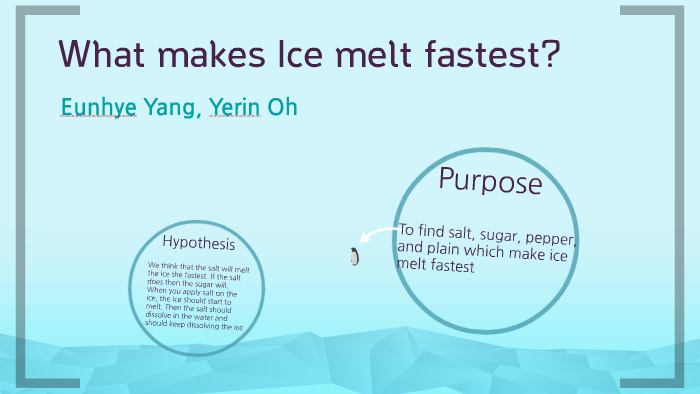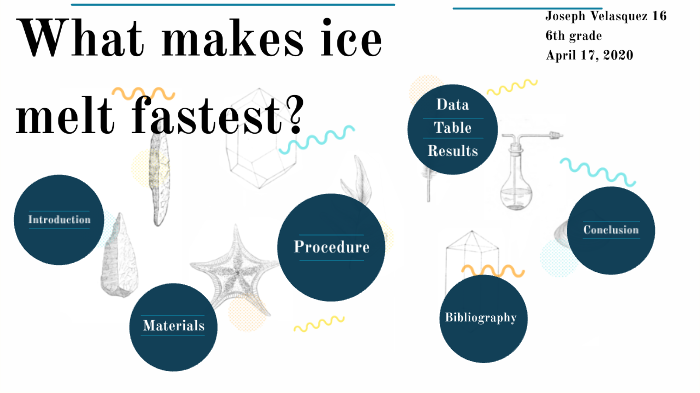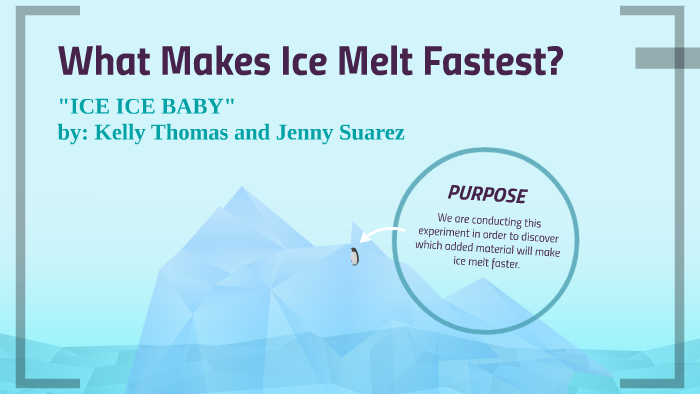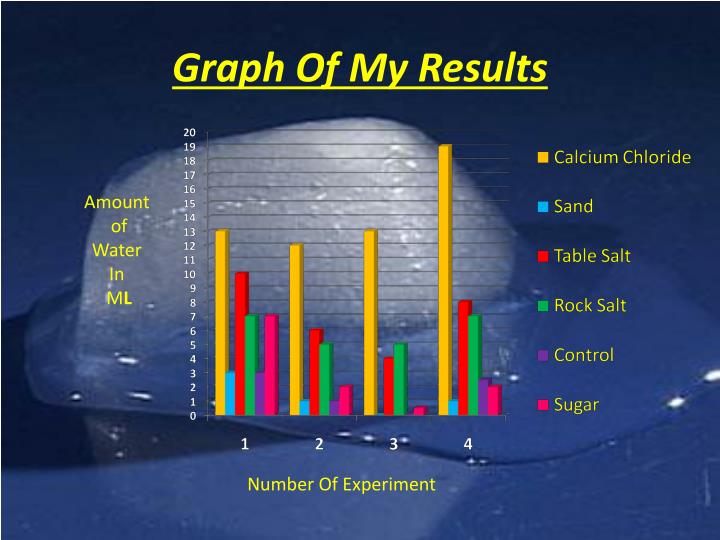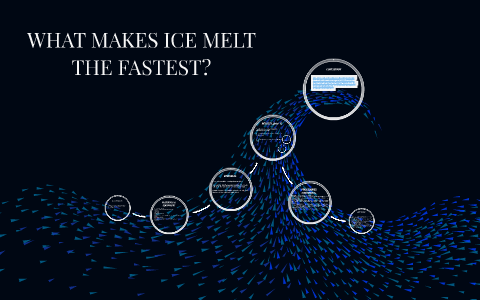
Dealing with icy surfaces can be hazardous, especially during the winter months when temperatures drop below freezing. Whether you're trying to clear a frozen driveway, sidewalk, or parking lot, finding the most effective surface to melt ice quickly is crucial. In this article, we'll explore five surfaces that melt ice the fastest, providing you with valuable insights to ensure safety and efficiency.
Ice melting is a complex process that involves the transfer of heat from the surface to the ice. Different surfaces have varying thermal properties, which affect how quickly they can melt ice. Understanding these properties is essential in choosing the right surface for your needs.
Factors Affecting Ice Melting Rates
Before diving into the five surfaces that melt ice the fastest, it's essential to understand the factors that influence ice melting rates. These factors include:
- Thermal conductivity: The ability of a surface to conduct heat.
- Specific heat capacity: The amount of heat energy required to raise the temperature of a surface by one degree Celsius.
- Density: The mass of a surface per unit volume.
- Surface roughness: The texture of the surface, which affects heat transfer.
Surface Roughness and Ice Melting
Surface roughness plays a significant role in ice melting rates. Rough surfaces tend to melt ice faster than smooth surfaces because they provide more opportunities for heat transfer. This is why surfaces with high roughness, such as asphalt or concrete, tend to melt ice faster than smooth surfaces like glass or metal.
Top 5 Surfaces That Melt Ice The Fastest
Based on their thermal properties and surface roughness, the following five surfaces melt ice the fastest:
1. Asphalt

Asphalt is a popular choice for driveways and parking lots because of its high thermal conductivity and rough surface. It can melt ice quickly, especially when exposed to direct sunlight. Asphalt's dark color also helps to absorb heat from the sun, further increasing its ice-melting capabilities.
2. Concrete
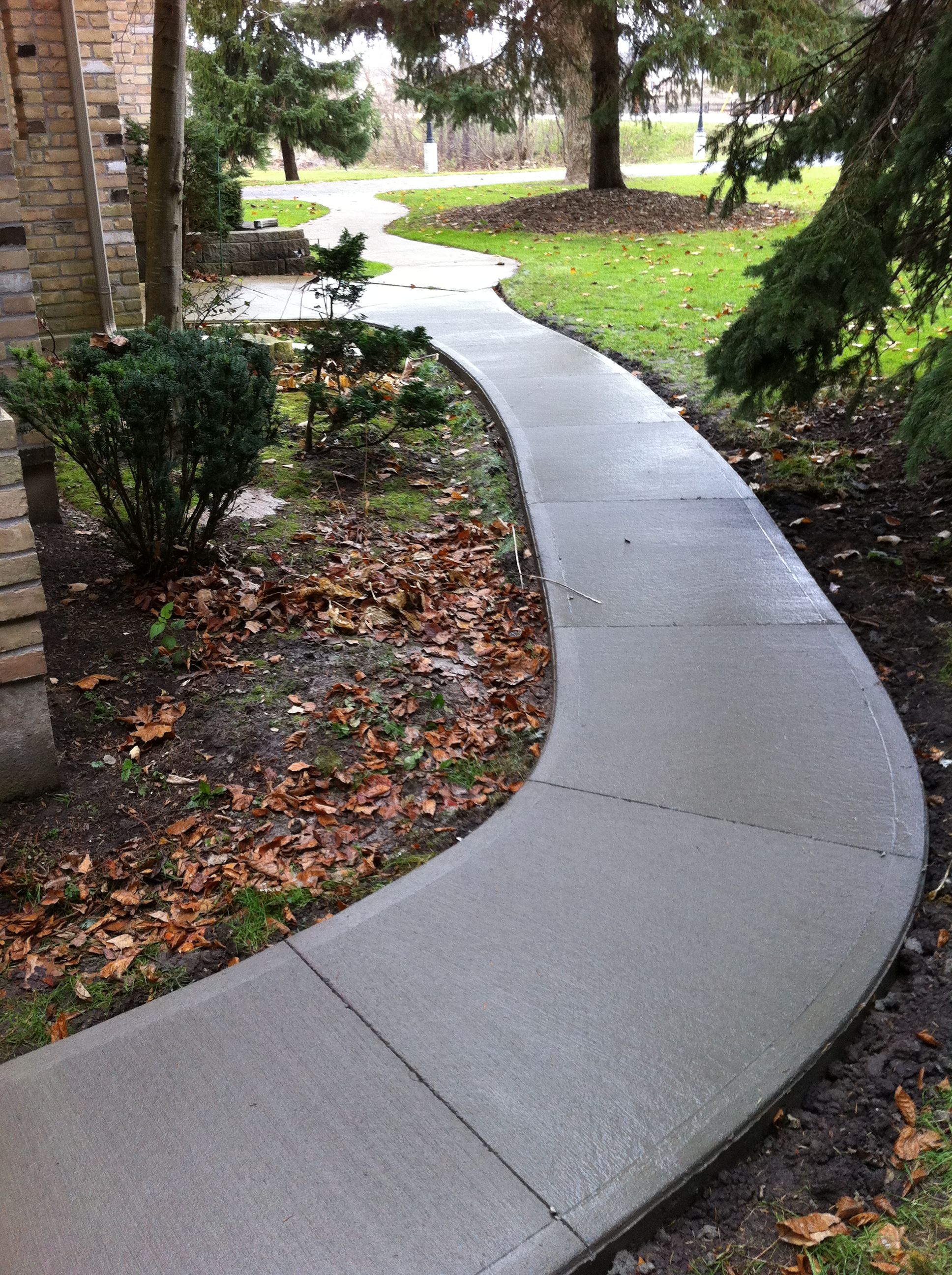
Concrete is another surface that melts ice quickly due to its high thermal conductivity and rough texture. Its light color also helps to reflect sunlight, which can slow down the ice-melting process. However, concrete's high density and specific heat capacity make it an effective surface for melting ice.
3. Brick

Brick surfaces are known for their high thermal mass, which allows them to absorb and release heat slowly. This property makes brick an effective surface for melting ice, especially when exposed to direct sunlight. Brick's rough texture also provides more opportunities for heat transfer, further increasing its ice-melting capabilities.
4. Stone

Stone surfaces, such as granite or bluestone, are known for their high thermal conductivity and rough texture. These properties make stone an effective surface for melting ice, especially when exposed to direct sunlight. Stone's high density and specific heat capacity also contribute to its ice-melting capabilities.
5. Metal

Metal surfaces, such as aluminum or steel, are known for their high thermal conductivity and smooth texture. While metal surfaces may not be as effective as other surfaces in melting ice, they can still melt ice quickly when exposed to direct sunlight. Metal's high thermal conductivity and low specific heat capacity make it an effective surface for melting ice.
Conclusion
In conclusion, the five surfaces that melt ice the fastest are asphalt, concrete, brick, stone, and metal. These surfaces owe their ice-melting capabilities to their high thermal conductivity, rough texture, and high density. Understanding the factors that influence ice melting rates is essential in choosing the right surface for your needs. By selecting the right surface, you can ensure safety and efficiency when dealing with icy surfaces.




What is the most effective surface for melting ice?
+Asphalt is the most effective surface for melting ice due to its high thermal conductivity and rough texture.
What factors affect ice melting rates?
+Thermal conductivity, specific heat capacity, density, and surface roughness are the factors that affect ice melting rates.
Can metal surfaces melt ice quickly?
+Yes, metal surfaces can melt ice quickly when exposed to direct sunlight due to their high thermal conductivity and low specific heat capacity.


